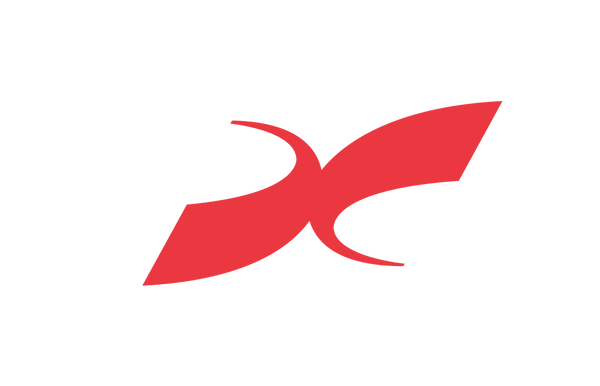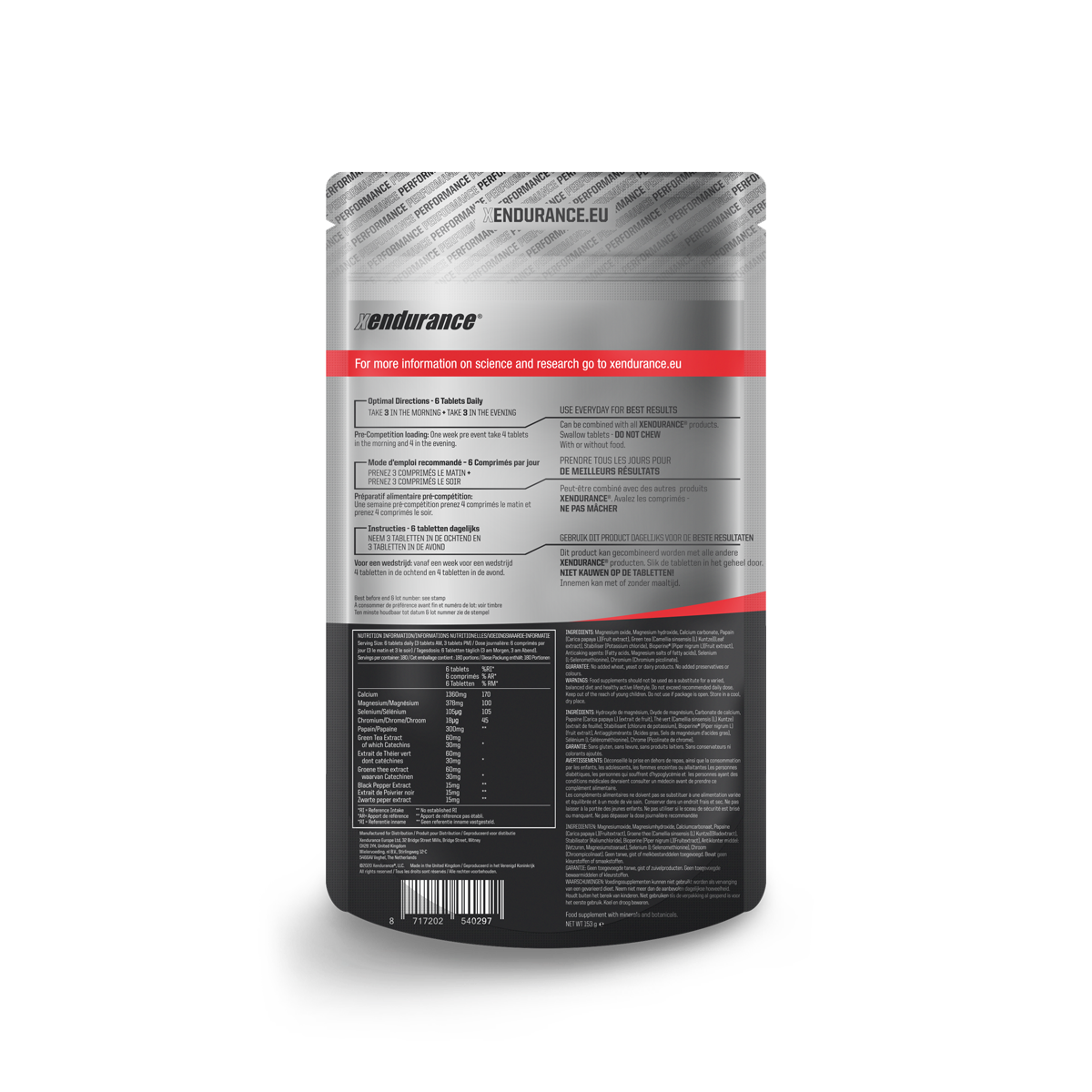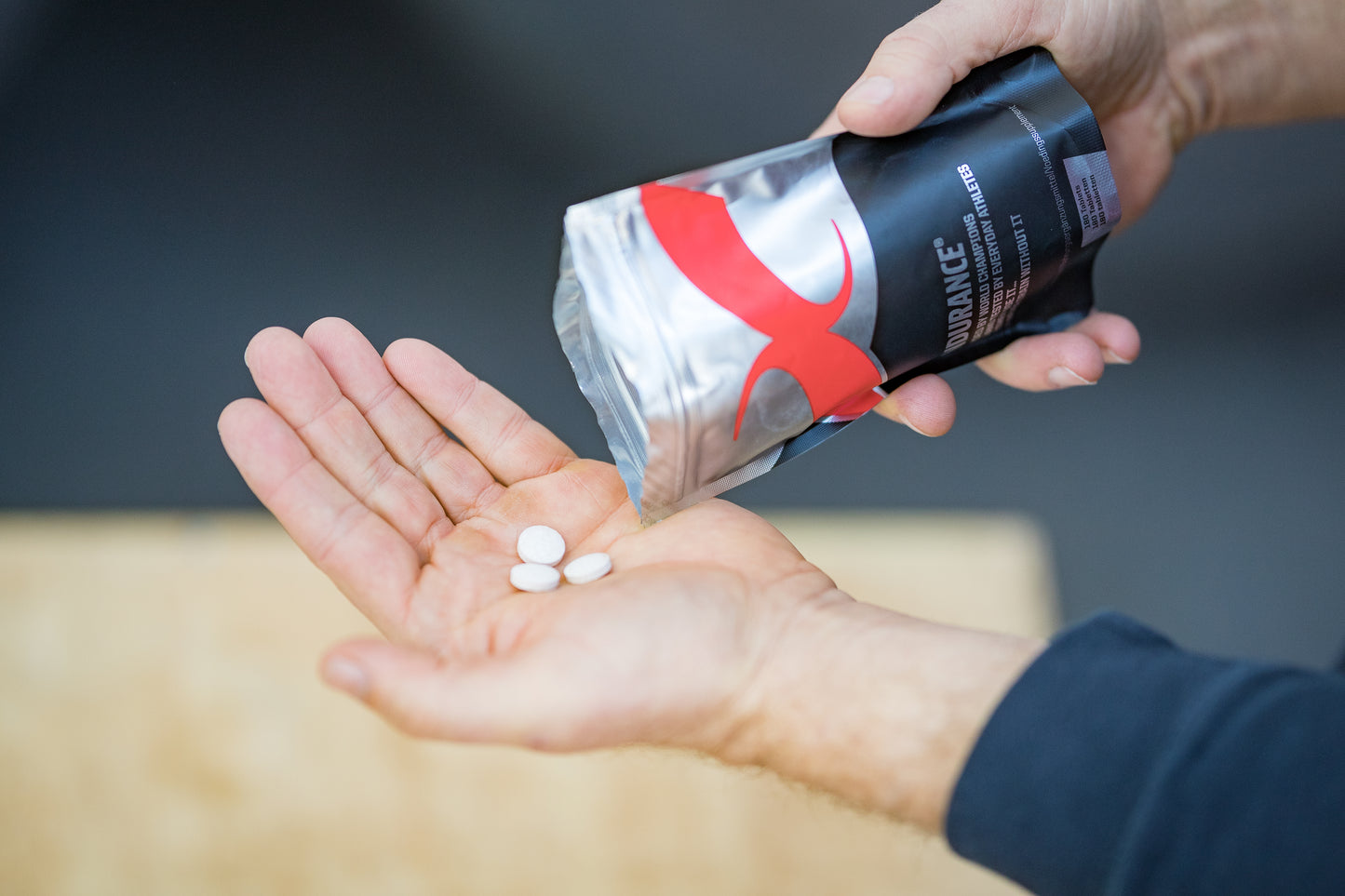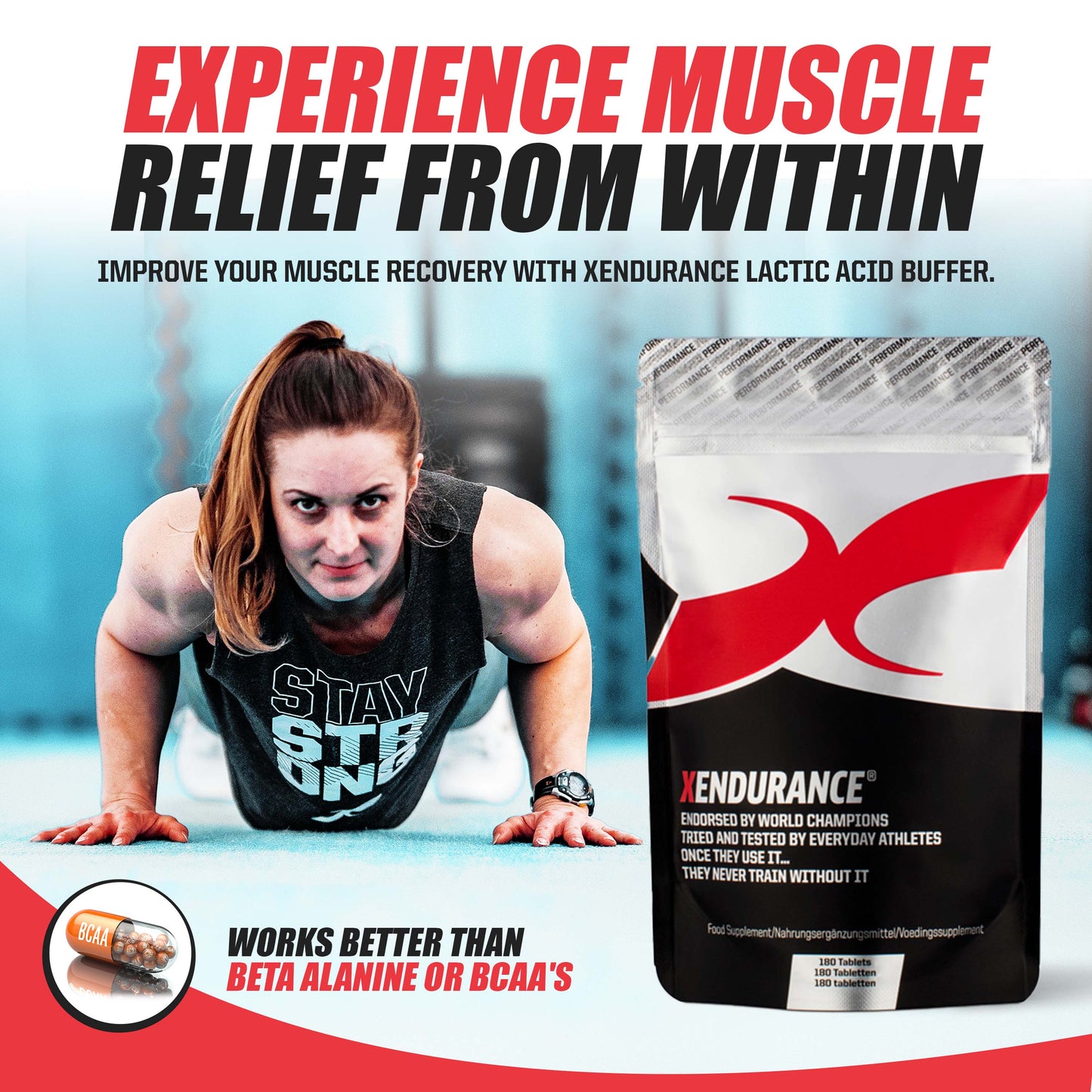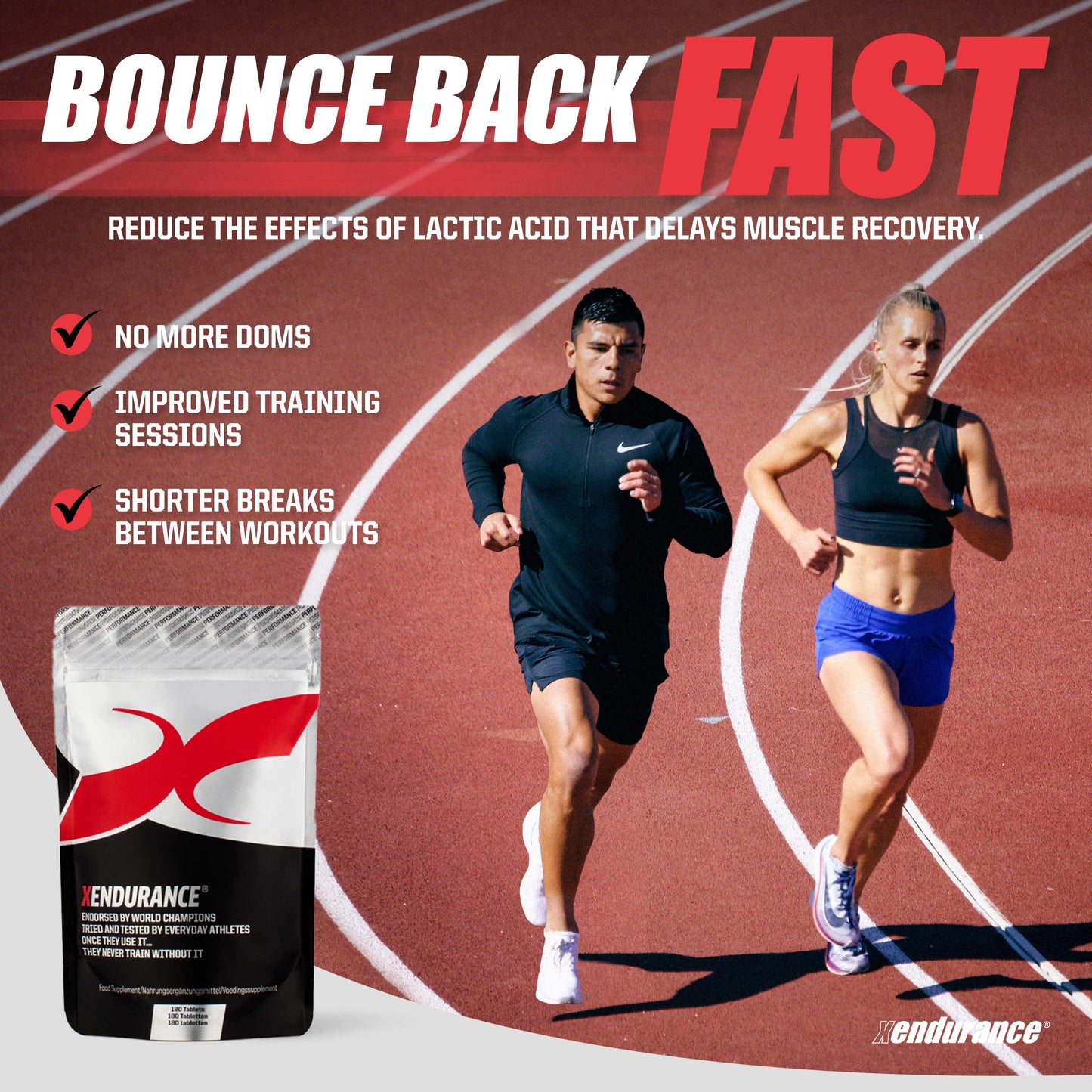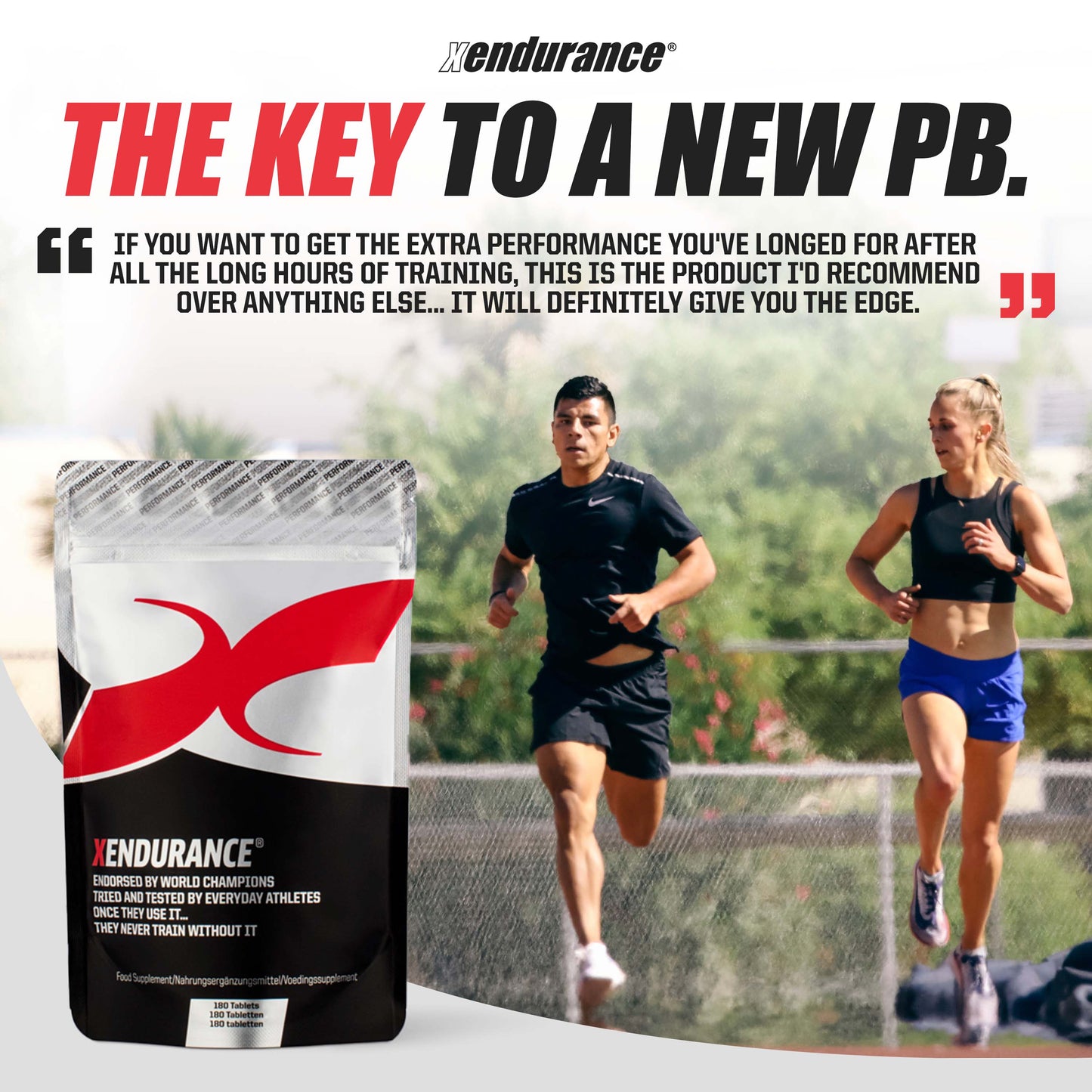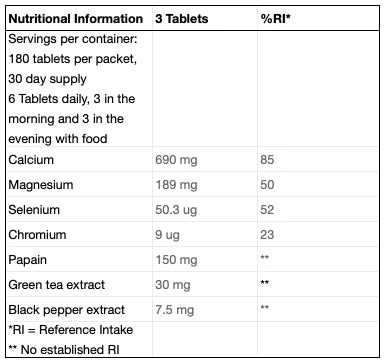The perfect swim stroke, if it exists comprises numerous minute elements. Even the fastest swimmers in the world still have room for improvement. That’s why world records continue to fall. Along with using advances in technology, swimmers are continuously striving for perfection in the pool. Adjusting a small finger, changing head position or kicking a little faster might be the difference between making history and being history.
Triathletes and Open Water Swimmers, strive for the same type of results. Perfection equals speed in every sport. Tweaking saddle height might result in a few extra watts of power; lighter running shoes mean less muscle fatigue; and in the water, proper stroke technique equals faster swim splits.
But why is better stroke technique more important than pure strength in the water? Why can’t I just tell you to swim as hard as possible in the pool to get faster? Why should swimming be as effortless as possible?
RECOVER ON THE RECOVERY
The recovery phase of freestyle occurs when the arm is out of the water. The arm is not productive in this phase; it is not propelling the swimmer through the water. The amount of energy used during the recovery should be minimal. Momentum is built during the underwater pull, and it peaks at the finish of the stroke. A swimmer lets the stored inertia snap the arm through the recovery phase; it is almost effortless.
Imagine pulling a rubber band down to your hips. As you start to pull the band (catch phase), it is easy. It gets a little harder near the middle (pull phase). Then, at the moment it reaches maximum stretch (at mid-thigh), completely relax your arm and let the band yank your arm to the top of the stroke. The idea is to only engage your muscles when your arms are in the water.
SPEEDBOAT VERSUS BARGE
Consider which goes faster through the water, a speedboat or a barge? A long and narrow, or hydrodynamic, bow helps the speed boat move clean and fast through the water.
The same principle applies to the human body in the water. Swimmers can remain in a streamlined shape by keeping one arm extended at the front of the stroke while the other arm is catching, pulling and recovering.
Every swimmer has probably heard the term “catch-up” used on the pool side. The drill refers to letting one arm catch up to the other arm at the top of the stroke. The most basic form of the catch-up drill is to tap your streamlined hand with your recovering hand before starting the next stroke. Kickboards, paddles and sticks are tools that help prevent cheating and crossing over the centreline.
BREATHE IN THE OPENING
Difficulty breathing to both sides in the water is a common frustration among swimmers. There are numerous reasons every athlete should breathe bilaterally, but it can be difficult to learn. Breathing too late on the uncomfortable side is the No. 1 cause for problems, and it has an easy fix.
Imagine that the recovering arm on your breathing side is a door. The door is open for breathing until your arm drops in the water beside your head. Once that happens, the door is closed and any attempts at inhaling will include water. When your right hand enters the water above your head, immediately roll your face to the left. Your left arm, or door, should be in the very early stages of the pull phase. To get a full breath of air, you must start your breathing as soon as the door opens.
ENGAGE BIG MUSCLES
The freestyle stroke has a lot of movement at the shoulder, but if I tried to swim with my shoulder muscles, I would barely make it across the pool before they were exhausted. The power in the catch, pull and finish phases comes from big muscles in your arms, chest and core. It is critical to engage these muscles in every stroke because they can do 10 times the work for 10 times as long.
Keep your elbow high underwater because that engages the pectoral muscles. Keep your hand from crossing the centreline to keep the biceps engaged. Also, body roll is important because it allows the latissimus dorsi (lats) to be employed. Why should the stroke extend all the way to mid-thigh? To take advantage of strong triceps.
The same concept can be applied to an efficient flutter kick. Many triathletes have a hard time kicking across the pool because they are not recruiting the proper muscles. The kick generates power from strong hip muscles, which whip your lower legs through the water. The knee joint remains relaxed and the ankle and toes should be slightly pointed. If you are kicking correctly, you should feel the effort in your hip flexors.
I encourage you to question everything you think you know about swimming. Always ask, “Why?” And if you don’t get a satisfactory explanation, keep searching for technique guidance and rationales that are logical.
